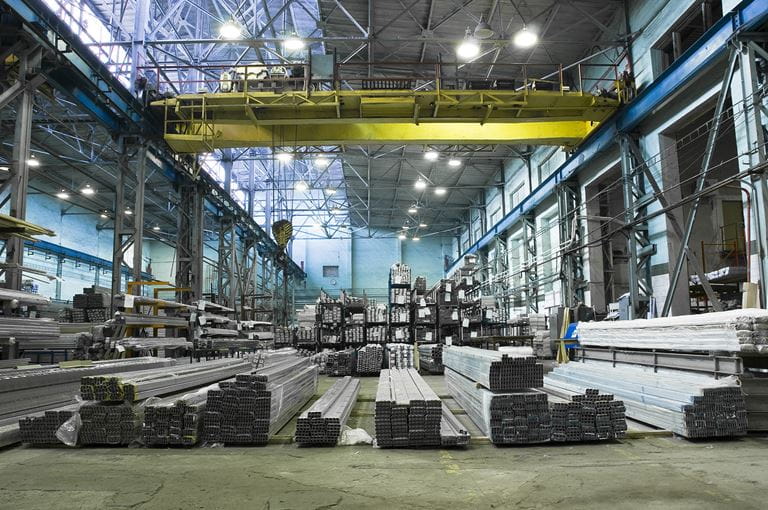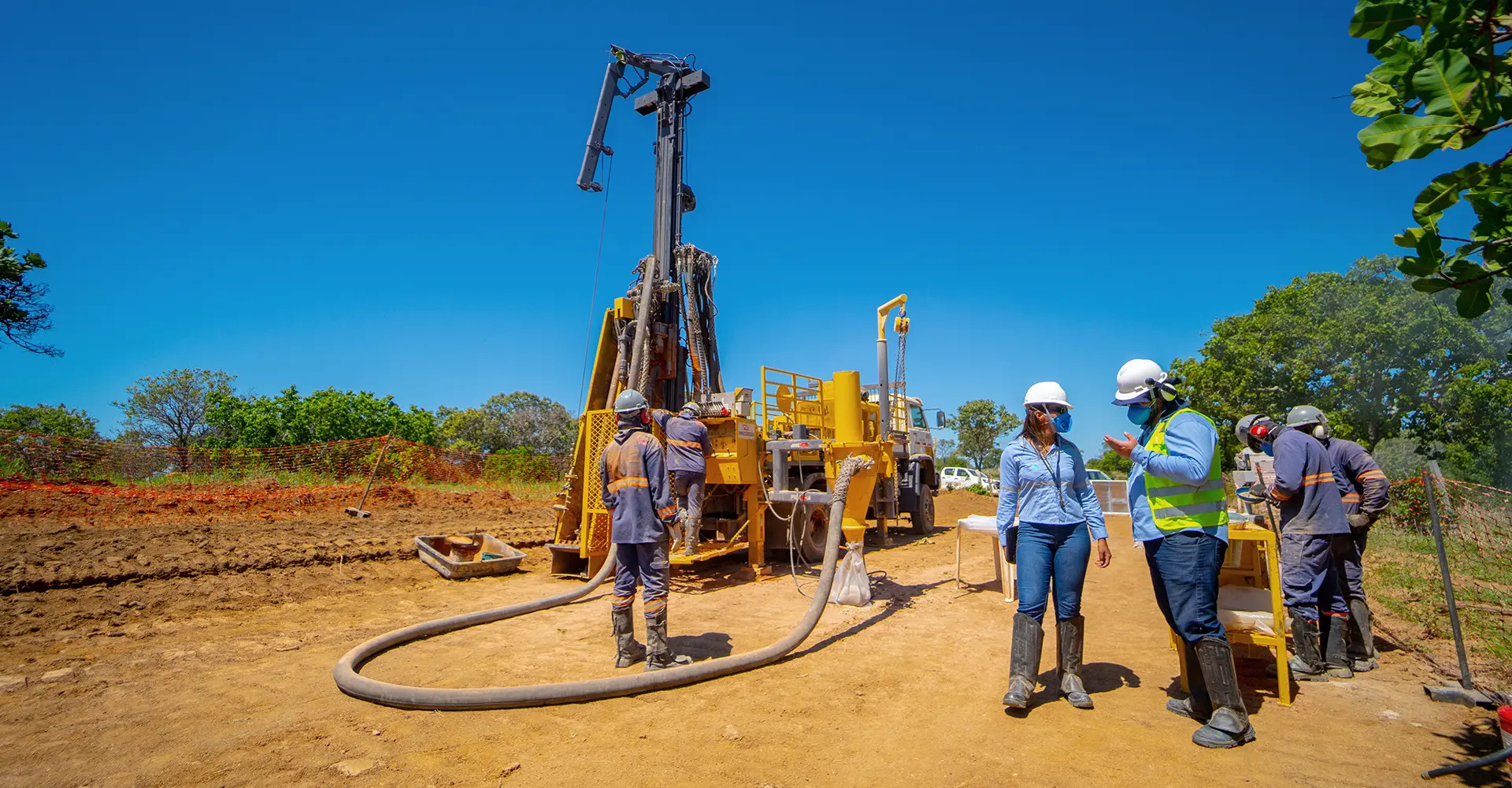Column: LME shadow stocks up in April but downtrend only paused

(The opinions expressed here are those of the author, Andy Home, a columnist for Reuters.)
The relentless downtrend in London Metal Exchange (LME) stocks paused in April thanks to a build in shadow inventory.
The amount of metal stored off-market but with the contractual option of full LME delivery rose by 52,300 tonnes in April, according to the exchange’s latest monthly report.
That was just enough to offset the decline in registered stocks, meaning that total inventory – both registered and shadow – rose by 12,100 tonnes in April.
It was the first month-on-month increase since February 2021, albeit a small one which still left total inventory down by 479,000 tonnes over the first four months of 2022.
LME registered stocks have continued sliding over May and the first days of June, suggesting that April’s bounce was only a blip in the bigger trend.
Nor did it bring much relief to European or United States physical buyers with Asian locations still accounting for the vast majority of LME stocks, both visible and shadow.
Aluminum rebuild
The April rise in LME shadow stocks was primarily down to a 58,685-tonne build in off-warrant aluminium inventory.
Aluminum accounted for 85% of the 300,050 tonnes sitting in the LME storage shadows at the end of the month. Copper stocks totalling 33,891 tonnes accounted for most of the balance with shadow stocks of the other LME base metals now at minimal levels.
These shadow stocks are primed to be delivered onto LME warrant at the stroke of a keyboard and aluminium stock patterns in the past have featured regular rotations between registered and shadow storage.
The pattern has broken down over the last year with stocks in both categories falling in tandem and it’s noticeable that April’s flow of metal into shadow storage has so far not made it any further on to registered storage.
Just 900 tonnes of aluminum have been warranted since the end of April, a negligible volume relative to the amount of metal moving in the opposite direction. Headline registered inventory has slumped by another 150,000 tonnes since April.
May brought almost 200,000 tonnes of fresh cancellations in preparation for physical load-out with live remaining tonnage reduced to a multi-year low of 186,475 tonnes.
Although the aluminum curve, currently trading in nearby contango, offers stocks financing potential, any spare metal can currently command a physical premium of $600 per tonne over LME cash in the European market and $750 in the U.S. Midwest.
Until the physical market loosens, LME stocks are unlikely to rebuild in any meaningful way because the metal has greater value as a physical than a financial unit.
Asia dominates
The aluminum shadow stocks build played out almost exclusively at LME locations in Asia.
European shadow stocks totaled just 19,740 tonnes at the end of April and US stocks extended their 18-month slide to 22,339 tonnes.
Asian locations, primarily Singapore and the Port Klang in Malaysia, ended the month accounting for 83% of all shadow aluminum stocks and an even higher 93% of registered stocks.
The migration of LME aluminum stocks to Asia has been a long-running trend and one that was given further impetus by China’s switch to importing large amounts of metal at the beginning of 2020.
However, the pendulum is now moving in the other direction.
European aluminum smelters are powering down under the weight of high power prices and the resulting record physical premiums are starting to suck in metal from Asia.
Even from China, which has begun exporting unwrought metal to Europe despite a 15% duty on overseas shipments.
Europe depleted
Shadow stocks of zinc in Europe disappeared in September last year and not a tonne has shown up since.
US shadow stocks also fell to zero in April, leaving just 3,224 tonnes of zinc located in Asia, most of it in Singapore.
Europe’s zinc smelters have also cut production due to the rolling energy crunch and physical premiums are, like those of aluminum, close to record highs.
Spare metal, if there is any, has been sucked out of the LME’s financing orbit towards the physical market. Even if the metal has simply been moved to full private storage, it has shifted closer to the physical supply chain.
Shadow stocks of tin in Europe have also evaporated and there have been just 19 tonnes of off-warrant lead in the region since the start of the year.
Registered stocks of both metals have stopped falling but remain very low by historical standards and, again, much of what is available is located in Asia.
The physical arbitrage between the Asian surplus and the Western deficit remains constrained by port bottlenecks and high container freight rates.
Until that changes, both Europe and the United States look set to live with very low inventory cover across the metallic board.
(Editing by David Evans)
{{ commodity.name }}
{{ post.title }}
{{ post.date }}

Comments